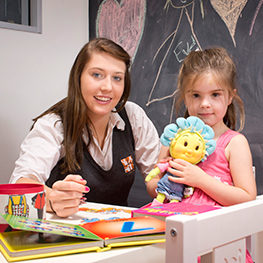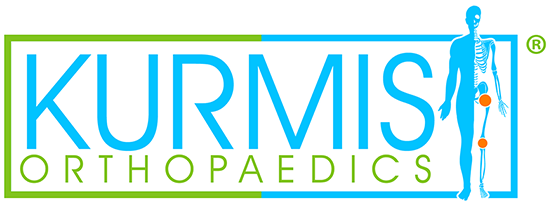Autism Spectrum Disorder (ASD) is a neurodevelopmental disorder that impacts how an individual thinks, feels, interacts with others, and experiences their environment. Every autistic individual will have a different combination of strengths and challenges.
How common are movement difficulties in autistic children?
It is an outdated thought that ASD does not affect a child’s gross motor skills. Learning new movements relies on being able to process sensory information, understand and respond to verbal and non-verbal communication, and effectively plan, problem-solve and adapt to changes. These are all skills that autistic children typically have difficulty with.
Research has found that 87% of autistic children aged 5-15 years present with movement difficulties (Bhat 2020).
Research is now also suggesting that gross motor delays during early childhood may actually be an early marker for ASD, before more diagnostically specific signs develop, like communication difficulties (Harris 2017).
Gross motor skills play a significant role in social participation for school-aged children as many formal activities (eg. PE class, sports day), informal activities (eg. play at recess and lunch), and out-of-school recreation (eg. social gatherings) often have active components at this age.

Physical activity levels of autistic children
As children grow older, their gross motor skill development starts to depend on their experiences and exposure to physical activity, which is largely driven by their interests. The combination of restricted interests, gross motor difficulties, and social challenges (all aspects of ASD) means that autistic children are likely to be less physically active than their neurotypical peers (Cynthia et al 2019).
Autistic children may find it harder to participate in physical activity for a number of reasons, some of which may be communication differences, sensory processing differences, physical challenges, or limited accessible and inclusive programs.
Regular physical activity in childhood and adolescence is important to prevent secondary health outcomes in adult life such as cardiovascular disease, type 2 diabetes, obesity and respiratory conditions. The Australian government recommends that children aged 3-5 years should participate in at least 3 hours of active play per day, and children aged 5-17 years should do at least 1 hour of physical activity each day. These recommendations apply to all children, both neurodivergent and neurotypical (Australian Government 2021).
How can a physiotherapist help your autistic child with their gross motor skills?
Physiotherapists are movement specialists who can evaluate a child’s posture, strength, balance, mobility, movement quality, coordination, body awareness, movement transitions, motor planning and how a child physically interacts with others. Autistic children may have difficulties across some or all of these skill domains. Physiotherapists can also help a child master higher level gross motor skills like riding a bike, ball skills, hopping and skipping. Intervention should always centre around improving a child’s physical skills to increase their independence in daily tasks, improve their ability to access the community safely, and increase their participation in activities that are meaningful to them.
Autistic children may need extra support to learn new motor skills. This may look like additional 1:1 prompting or prompting provided in non-traditional ways. Autistic children may need extra practice to learn and master a new motor skill or may benefit from support being provided in a variety of different contexts (eg. at home, school, clinic and/or community).
Physiotherapists experienced in supporting autistic children know that there is no ‘one size fits all’ method, and that other aspects like differences in communication and sensory processing must be acknowledged in regard to how an autistic child may participate in intervention to improve their gross motor skills. Many autistic children may also have additional clinical needs such as low muscle tone, ADHD, developmental coordination disorder, and toe walking which can all benefit from the clinical expertise of a physiotherapist.
References:
Bhat, A. N. (2020). Motor Impairment Increases in Children With Autism Spectrum Disorder as a Function of Social Communication, Cognitive and Functional Impairment, Repetitive Behavior Severity, and Comorbid Diagnoses: A SPARK Study Report. Autism Research. doi:10.1002/aur.2453
Cynthia, C. et al (2019). Exploring the Role of Physiotherapists in the Care of Children with Autism Spectrum Disorder. Physical & Occupational Therapy in Pediatrics, 39(6), 614-628. doi:10.1080/01942638.2019.1585405
Harris, S. R. (2017). Early motor delays as diagnostic clues in autism spectrum disorder. European Journal of Pediatrics, 176(9), 1259-1262. doi:10.1007/s00431-017-2951-7
For more information or to book an appointment, please call The Physio Clinic on 8342 1233.
Written by Maddie Dal Corobbo | Physiotherapist at Prospect and Blackwood























